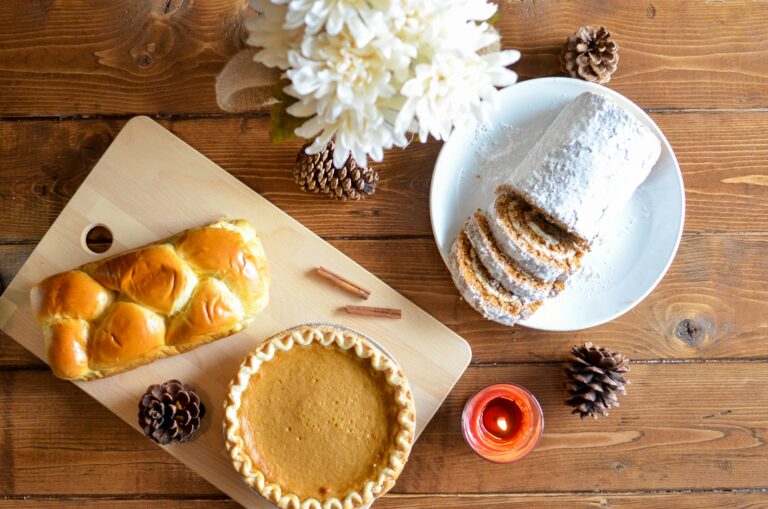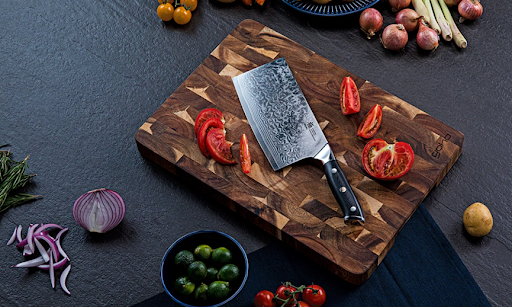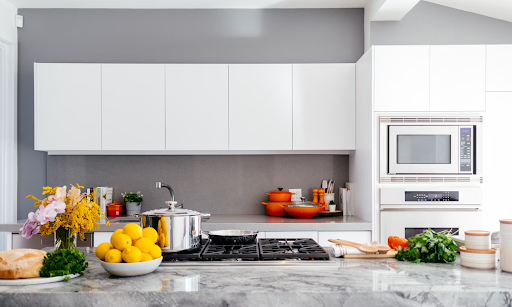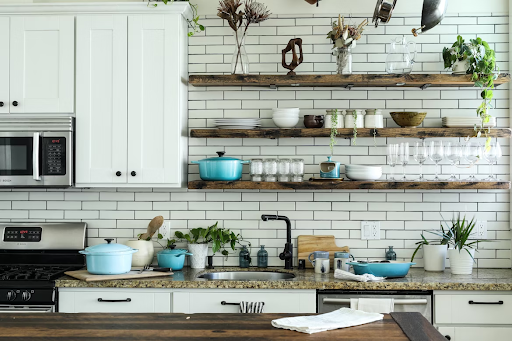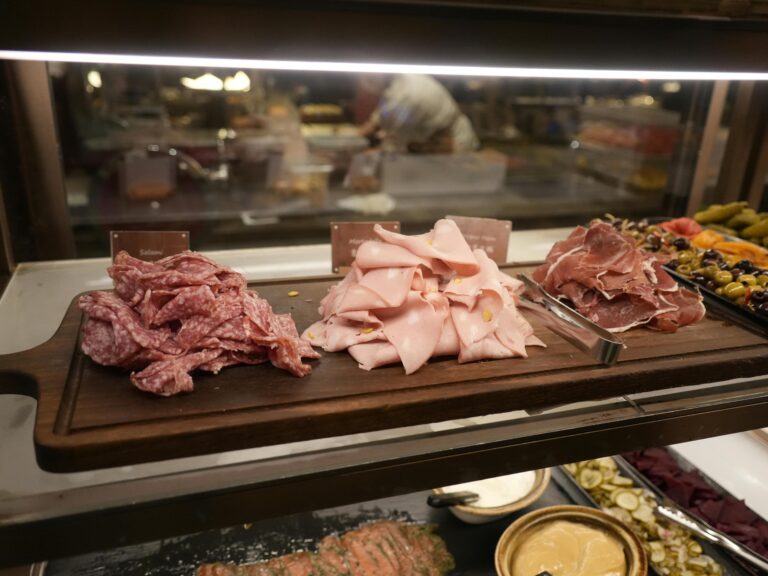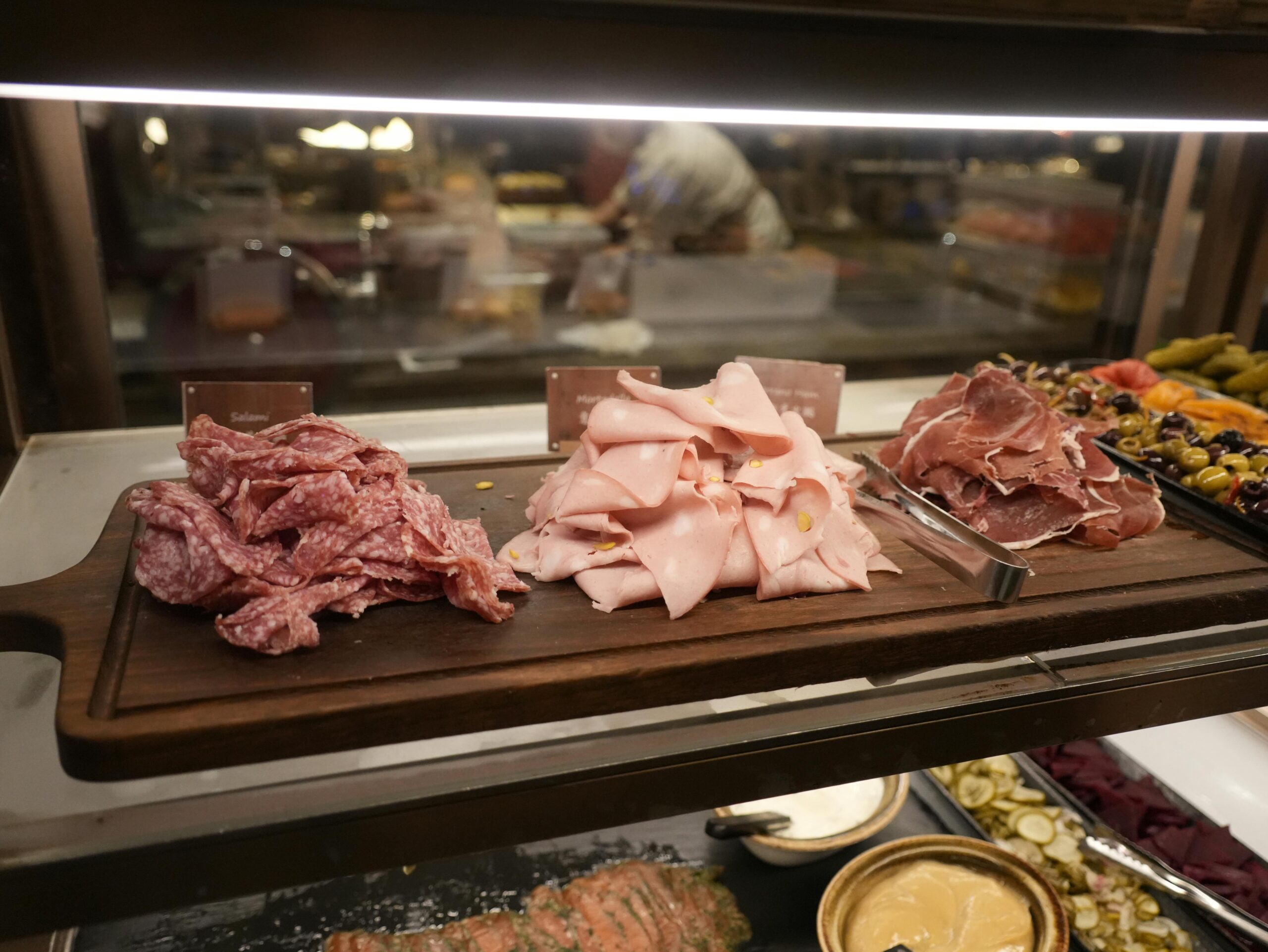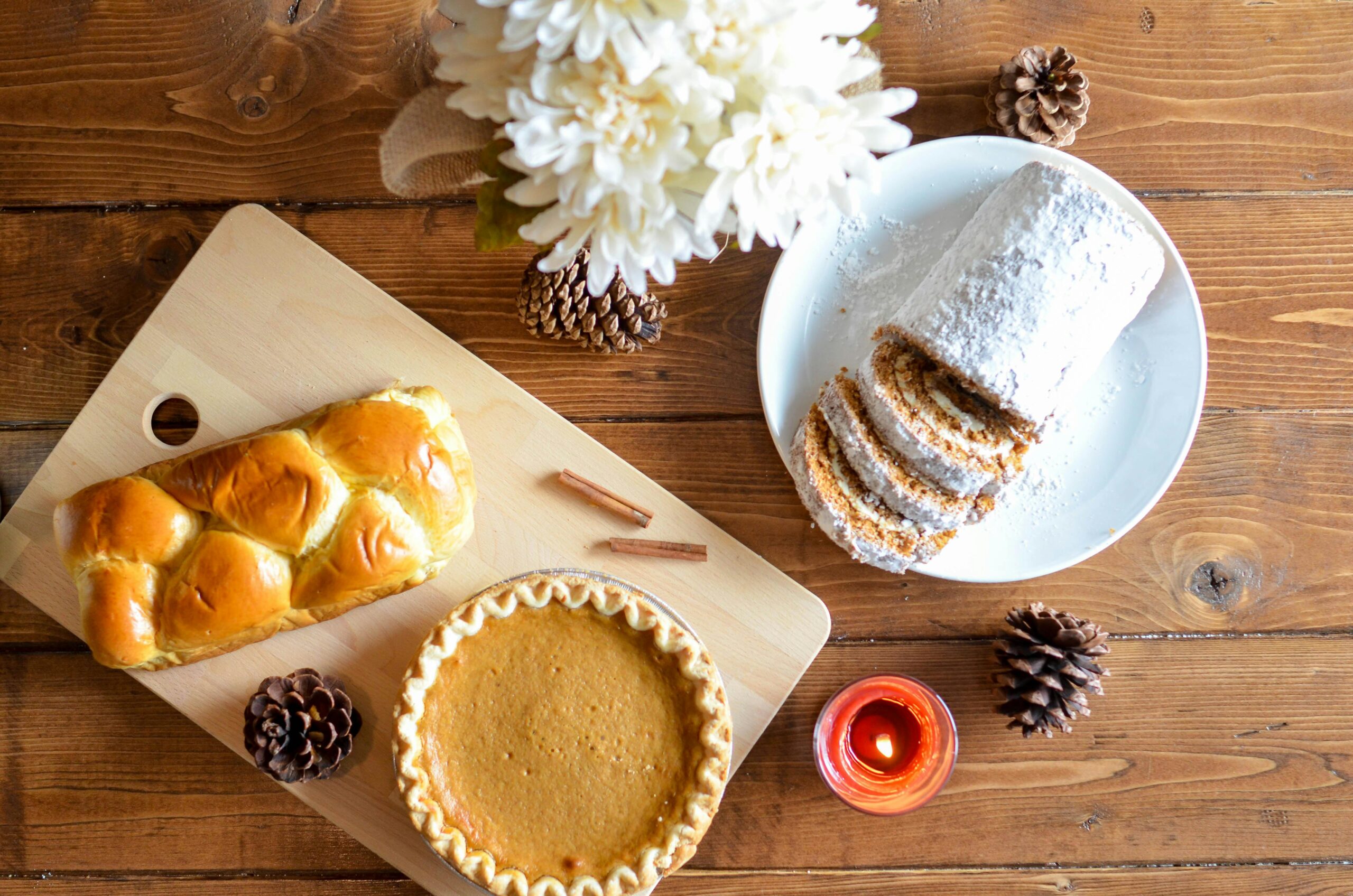
Autumn sets the stage for warm desserts that combine spice, sweetness, and depth. Rum enhances these flavors with its rich character, blending seamlessly with seasonal favorites like apples, pumpkin, and pecans. Each recipe carries a distinct flavor that feels inviting and comforting for gatherings.
A quick visit to a liquor store provides the perfect spirit to elevate traditional desserts. With careful balance, rum does not overpower but instead adds a smooth accent that enriches the texture and taste of each dish. Every recipe below highlights how rum can enhance desserts that suit the season.
Rum Spiced Bread Pudding
Bread pudding gains a bold dimension with the addition of rum in the custard base. The bread soaks up flavor, creating a dessert that feels hearty yet refined. Warm spices such as cinnamon and nutmeg complement the rich notes of the spirit.
A sauce prepared with butter, sugar, cream, and a splash of rum adds a glossy finish. The drizzle melts into the bread, creating a texture that blends softness with a subtle bite. Served warm, it becomes a satisfying highlight for a fall evening.
Caramel Rum Apple Crisp
Apples baked with rum-infused caramel capture the taste of fall in every bite. The caramel develops depth from the spirit, while the fruit softens into a tender filling. A topping of oats and brown sugar provides a balanced crunch.
The dessert becomes complete when served warm with ice cream. The contrast of cold cream against hot fruit and crisp topping enhances the overall flavor. Each layer works together to present a dish that feels rustic and seasonal.
Pumpkin Rum Cheesecake
Pumpkin cheesecake transforms when rum folds into the filling. The spirit blends with the spices and adds smooth depth without any excess over the natural pumpkin flavor. A buttery crust provides balance through texture and taste.
A topping of whipped cream with rum lifts the final presentation. The light layer cuts through the dense filling and complements the spice. Served in neat slices at gatherings, the cheesecake stands as a centerpiece on the table.
Chocolate Rum Truffles
Chocolate truffles infused with rum highlight the harmony between cocoa and spirit. Ganache prepared with cream and chocolate develops a silky consistency that holds the flavor well. Once cooled, the mixture forms smooth, round pieces that can be shaped by hand or with a scoop for precision.
To finish, each truffle can be coated with cocoa powder, nuts, or fine sugar. This small addition enhances both appearance and flavor while offering guests variety. Packed neatly in boxes or jars, truffles also work well as gifts, providing a thoughtful option that highlights the versatility of rum in desserts.
Rum Pecan Pie
Rum enriches the filling of pecan pie as it blends with eggs, sugar, and butter. The spirit lifts the nutty flavor while the crust provides structure and contrast. A light cream topping adds balance without loss of the warm taste.
Key elements create the dessert’s character:
- Rum for depth
- Pecans for texture
- Sugar blend for sweetness
Why Local Delivery Changes the Dessert Game
A quick delivery option transforms how someone plans fall dessert nights. Fresh rum, wine, or spirits arrive just when needed, avoiding last-minute store runs. That immediacy keeps ingredients at peak flavor and texture so desserts settle perfectly.
Reliable delivery helps maintain consistency. When bakers or home chefs access premium supplies without delay, every batch matches expectations. Customers feel confident choosing fine spirits for custards, sauces, and glazes if delivery meets high standards.
The local liquor store offers the key ingredient that elevates traditional desserts for fall. Rum pairs naturally with spices, nuts, chocolate, and fruit, giving each dish a distinct seasonal character. These recipes show how a single spirit can unify flavors, create balance, and enhance desserts that bring comfort to autumn gatherings.
